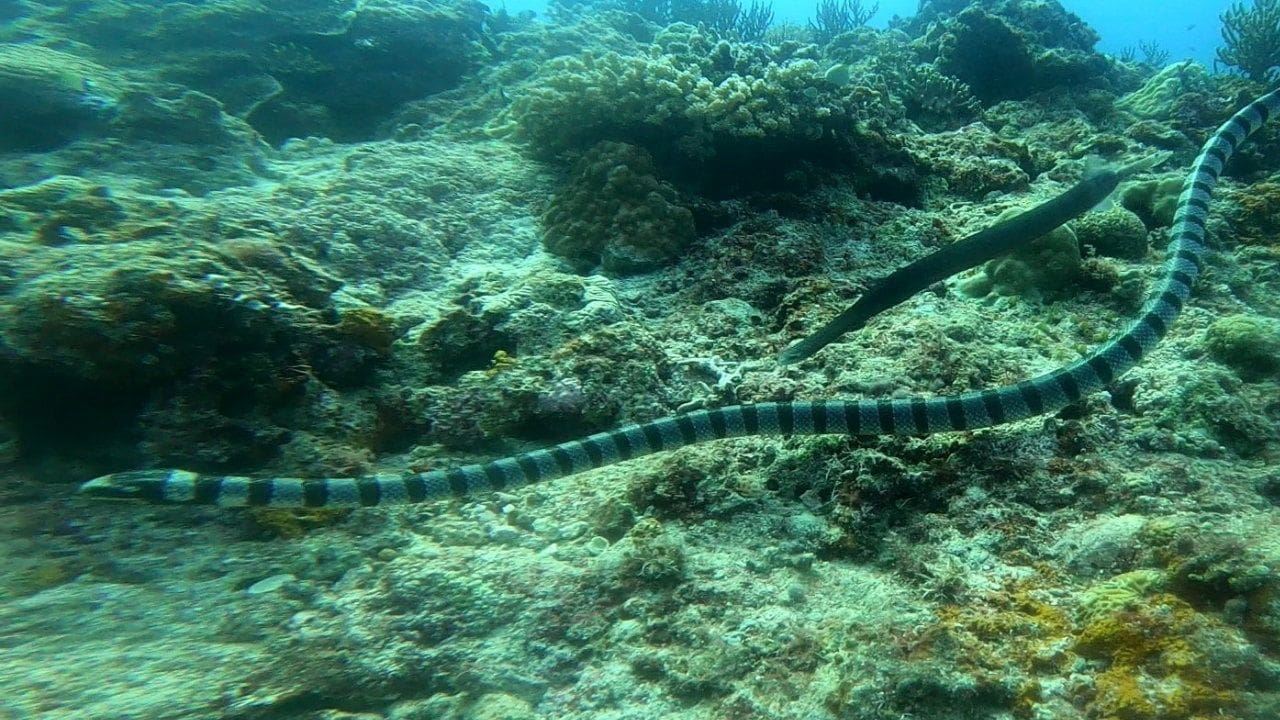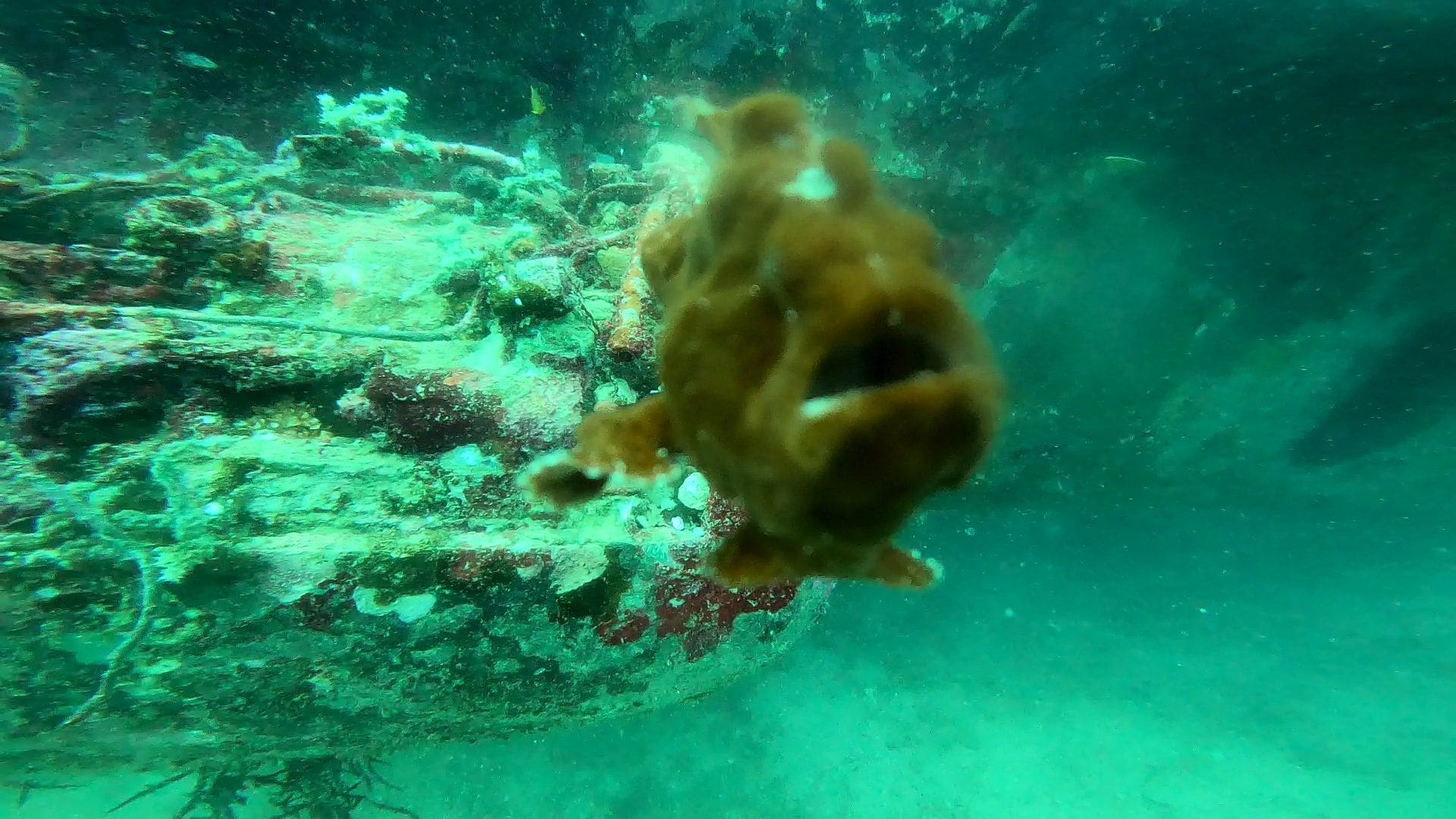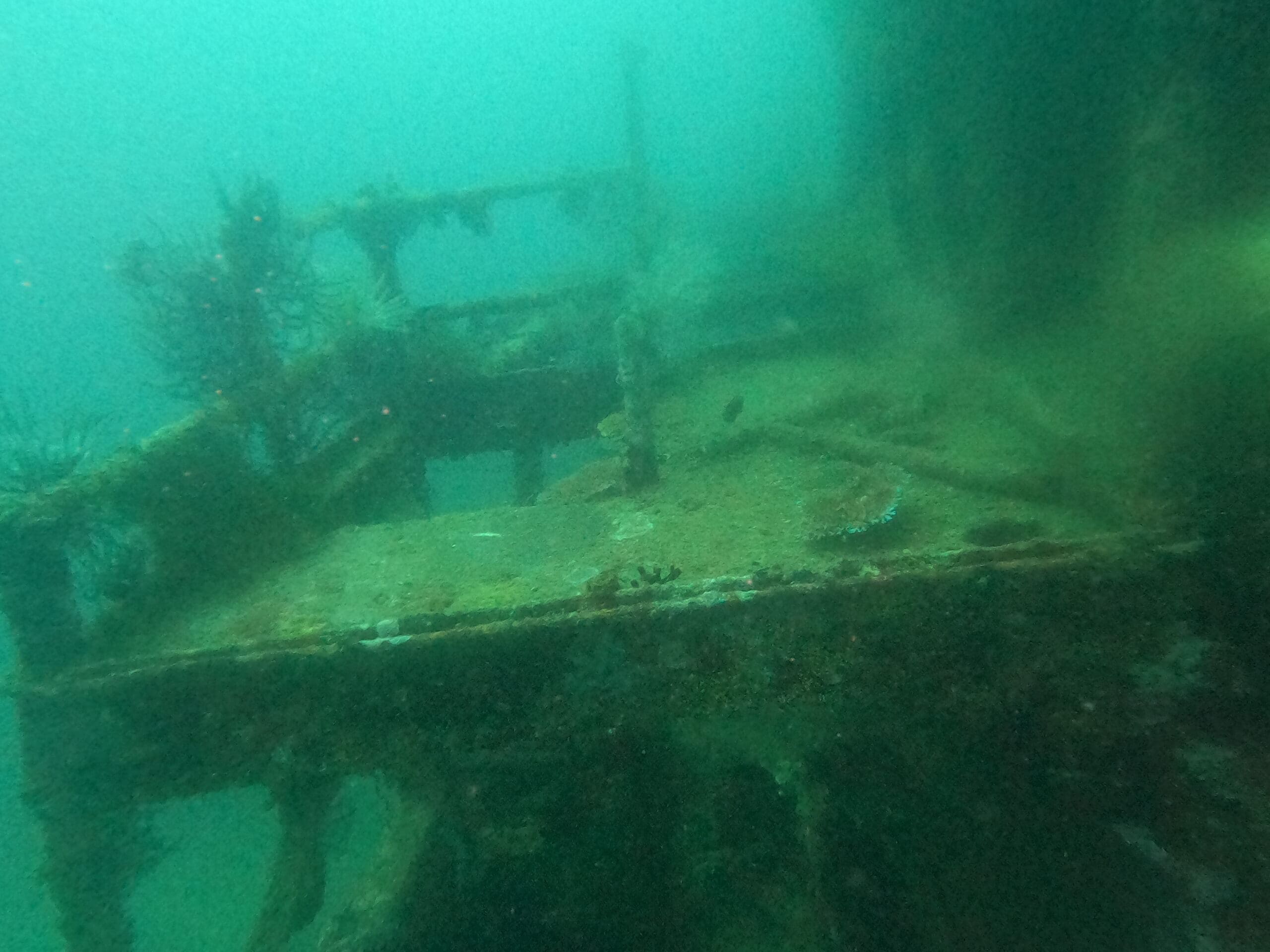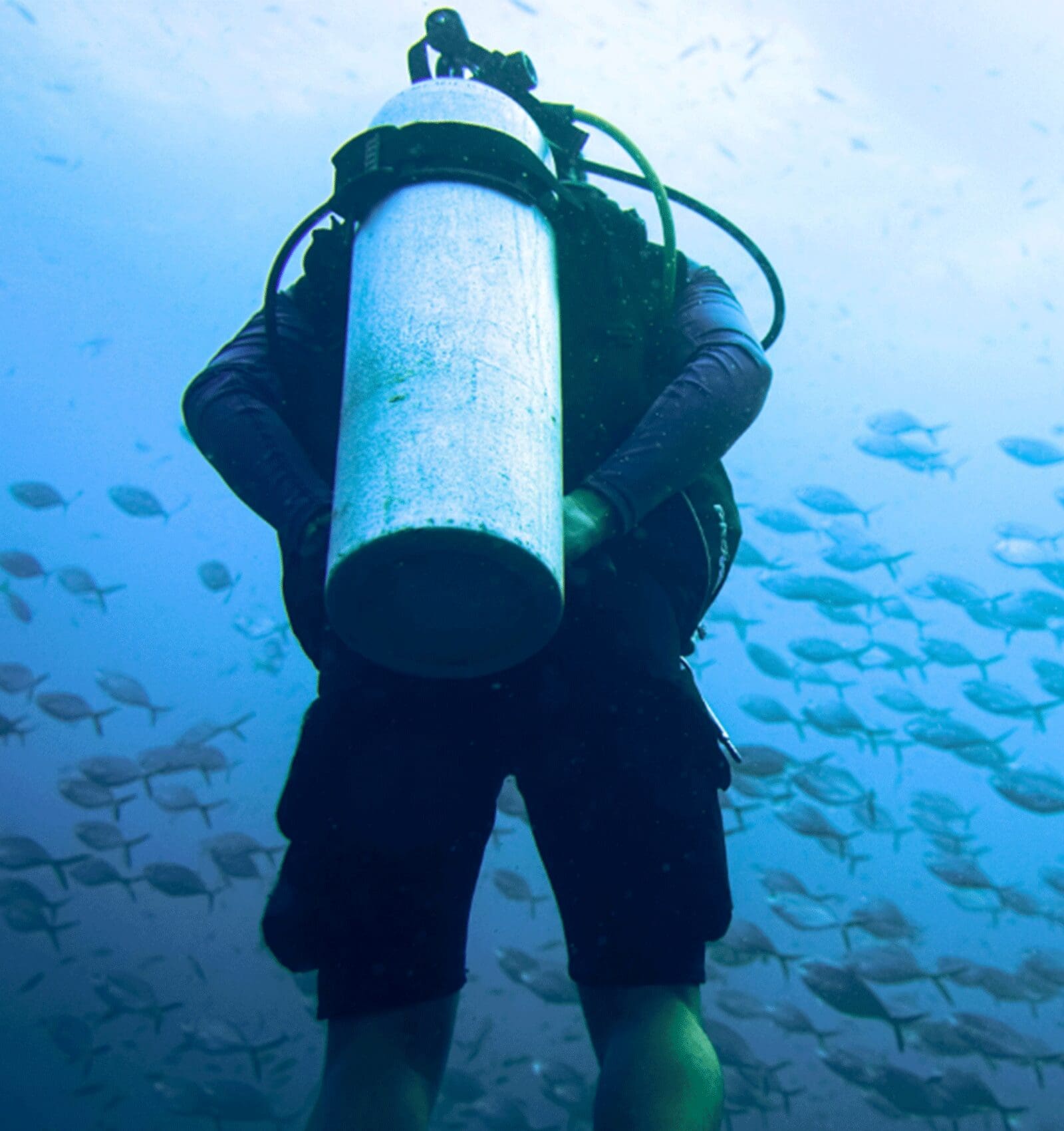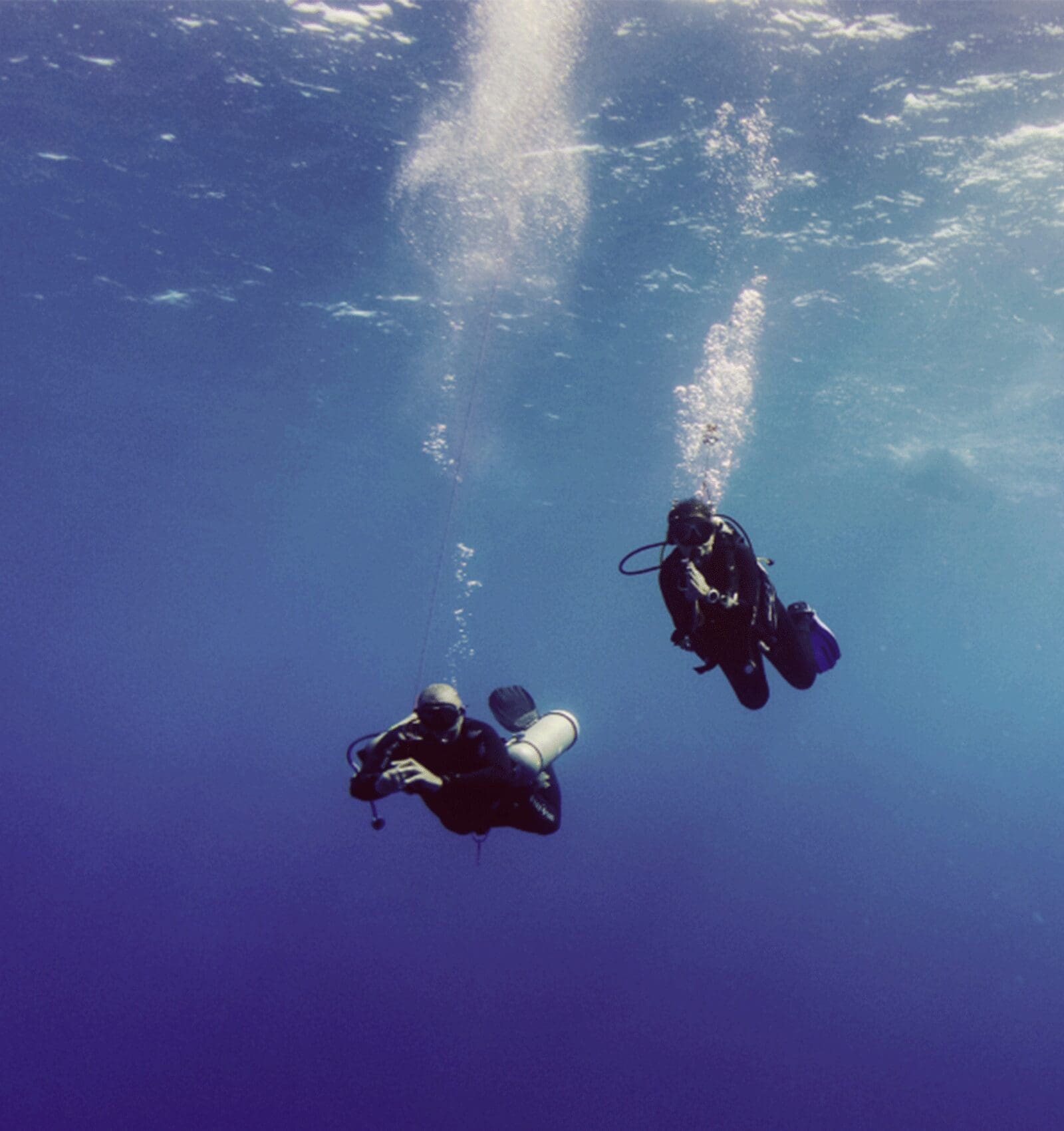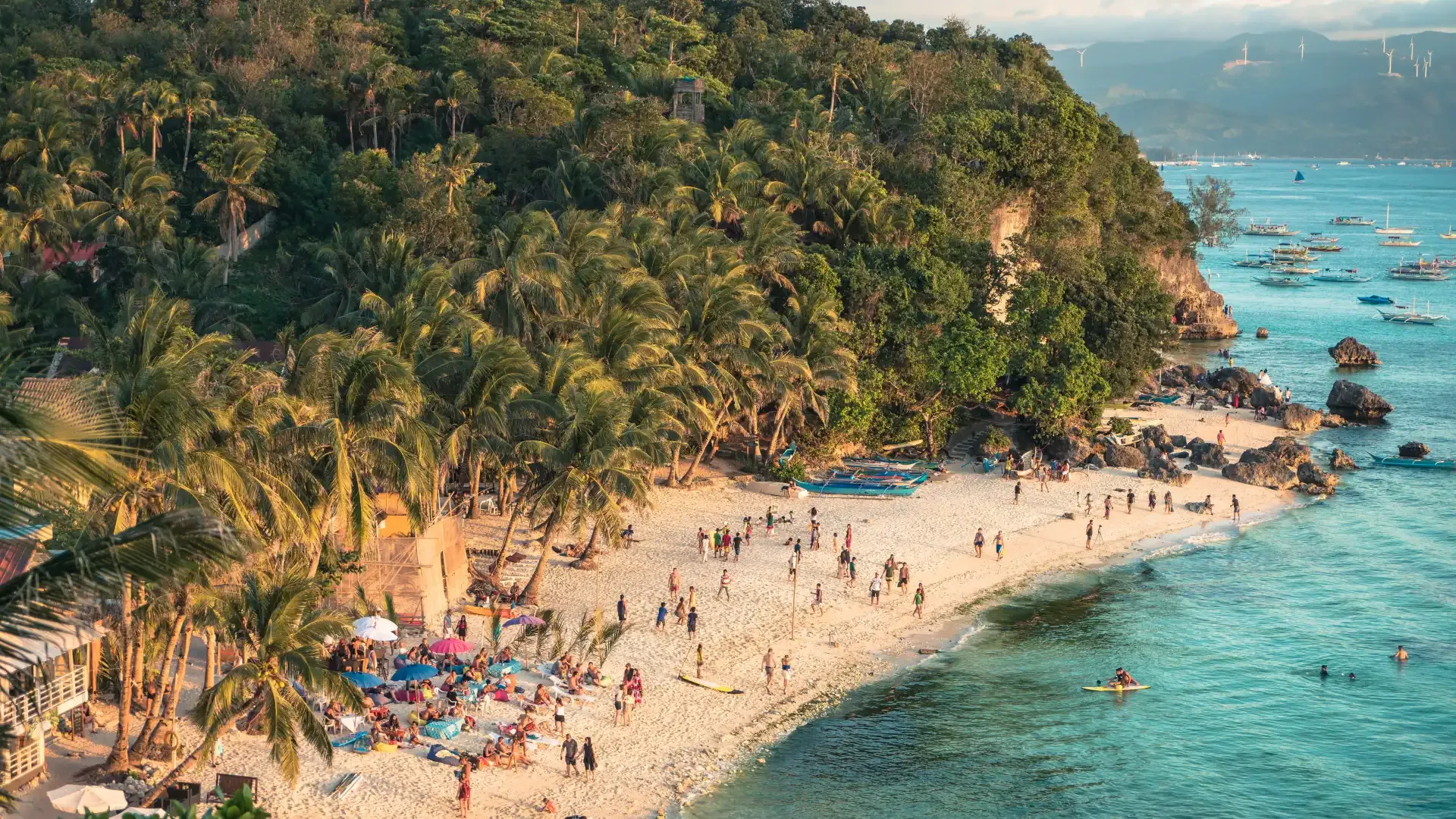The Whip Coral Goby: A Tiny Treasure in Boracay’s Underwater World
Boracay is renowned for its stunning beaches and vibrant nightlife, but beneath its azure waters lies a world of diverse marine life, waiting to be explored by scuba divers and underwater photographers alike. Among the many fascinating creatures found in Boracay’s coral reefs is the whip coral goby. Often overlooked due to its tiny size and excellent camouflage, this little fish is one of the hidden gems of the underwater ecosystem. For divers and marine life enthusiasts in Boracay, encountering a whip coral goby is always a rewarding experience.
What is the Whip Coral Goby?
The whip coral goby, scientifically known as Bryaninops yongei, is a small, slender fish that lives on whip corals—long, flexible coral structures that sway with the ocean’s currents. Measuring only about 2-3 cm in length, whip coral gobies can be easy to miss at first glance. However, once you’ve trained your eye to spot them, they become an exciting find on any dive.
These gobies are well-adapted to their environment, with transparent bodies that blend perfectly into the coral. Their coloration can vary slightly, often appearing pinkish or orange, which helps them stay hidden from predators. What makes whip coral gobies so unique is their symbiotic relationship with the coral. They spend their entire lives on the coral, feeding on plankton and using the coral’s structure for protection.
Where to Find Whip Coral Gobies in Boracay
Boracay’s dive sites offer ample opportunities to spot whip coral gobies, particularly at locations known for their rich coral gardens and diverse marine life. While these tiny fish can be found across the Indo-Pacific region, Boracay provides an ideal environment for them, thanks to its healthy whip coral populations.
Diniwid, Yapak, and Crocodile Island are just a few of the dive sites where whip coral gobies are frequently encountered. These sites are home to various hard and soft corals, including the whip corals that these gobies call home. Divers with a keen eye can spot them perched on the corals, often swaying gently in rhythm with the underwater currents.
At New Wave Divers Boracay, we regularly take divers to these incredible locations, offering them the chance to see whip coral gobies in their natural habitat. Whether you’re an underwater photographer or simply a lover of marine life, spotting one of these small fish is always a highlight.
Behavior and Adaptations
Whip coral gobies have evolved to perfectly suit their environment. Their transparent and elongated bodies allow them to camouflage against the delicate structure of whip corals, making them nearly invisible to predators. Their large eyes, however, stand out, and are used to detect approaching threats as well as to find the plankton that makes up their diet.
These gobies are territorial and typically inhabit a single coral for most of their lives. The whip coral provides them with shelter from predators such as larger fish and cephalopods. In return, the goby helps keep the coral clean by feeding on tiny particles and plankton that could otherwise damage it.
Interestingly, whip coral gobies form pairs, and it’s common to see a male and female living together on the same coral. This monogamous behavior is another unique aspect of these tiny fish, with the pair working together to defend their coral home from intruders.
Why Whip Coral Gobies Matter
Although they are small in size, whip coral gobies play an essential role in Boracay’s reef ecosystem. Their presence is a good indicator of a healthy coral reef environment, as they rely on the structural integrity and health of the whip corals for survival. When whip coral gobies are thriving, it suggests that the local coral ecosystem is in balance, with plenty of plankton to sustain both the coral and its inhabitants.
For divers and marine biologists, the whip coral goby is a fascinating species to observe, not only for its unique adaptations but also for what it tells us about reef health. Their specialized habitat makes them more vulnerable to environmental changes, such as coral bleaching, ocean acidification, and habitat destruction. Protecting Boracay’s coral reefs is crucial not just for the whip coral goby but for the entire underwater ecosystem.
Photographing Whip Coral Gobies: A Challenge and a Reward
For underwater photographers, the whip coral goby presents both a challenge and an exciting opportunity. Due to their small size, transparency, and tendency to blend into their surroundings, capturing a clear photo of a whip coral goby requires patience and skill.
Macro photography is the best way to photograph whip coral gobies, allowing divers to focus on the intricate details of these fish. Their large eyes and the delicate structure of the whip coral make for stunning images, especially when lit properly by underwater strobes.
At New Wave Divers, we often guide underwater photography enthusiasts to dive sites where whip coral gobies can be found. Our dive guides are experienced in locating these elusive fish and can help photographers set up the perfect shot. Patience is key, as whip coral gobies are shy and may dart around the coral if they feel threatened.
Conservation Efforts: Protecting Boracay’s Marine Life
Boracay’s marine life, including the whip coral goby, faces numerous threats from climate change, pollution, and human activity. As Boracay continues to attract tourists from around the world, it’s vital that we protect its underwater ecosystems to ensure these delicate creatures can continue to thrive.
New Wave Divers is committed to sustainable diving practices and reef conservation efforts. We actively educate divers on how to minimize their impact on the reefs, and we participate in local initiatives to preserve Boracay’s marine habitats. By promoting eco-friendly diving and responsible tourism, we aim to protect species like the whip coral goby for future generations to enjoy.
Dive Into Boracay’s Underwater World
Whether you’re a seasoned diver or just starting your underwater journey, Boracay offers some of the best diving in the Philippines, with rich marine life and stunning coral formations. At New Wave Divers, we’re passionate about showing you the beauty that lies beneath the surface, including the often-overlooked whip coral goby.
When diving in Boracay, keep an eye out for these tiny fish. Though they may be hard to spot at first, once you’ve seen one, you’ll understand why the whip coral goby is such a special part of Boracay’s underwater landscape. And if you’re interested in macro photography, we’re here to guide you to the best spots and help you capture the perfect shot of this elusive marine gem.
The whip coral goby may be small, but it plays a vital role in Boracay’s coral reef ecosystem. Its fascinating adaptations, symbiotic relationship with whip corals, and role in reef health make it a species worth protecting and appreciating. For divers and marine life enthusiasts, spotting a whip coral goby in Boracay’s waters is a rewarding experience that offers a glimpse into the intricate web of life that exists beneath the waves.
At New Wave Divers Boracay, we’re dedicated to helping you explore this incredible underwater world, and we invite you to join us on your next dive. Whether you’re hoping to photograph a whip coral goby or simply enjoy the beauty of Boracay’s reefs, we’re here to make your diving experience unforgettable.
